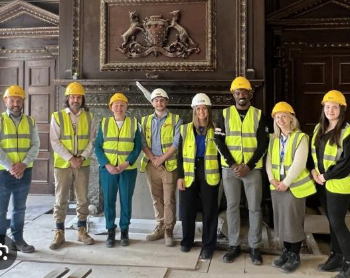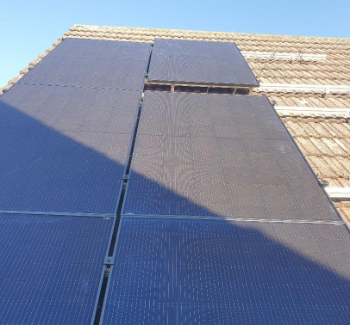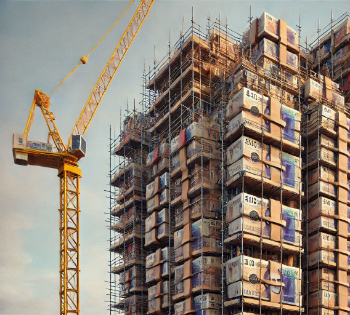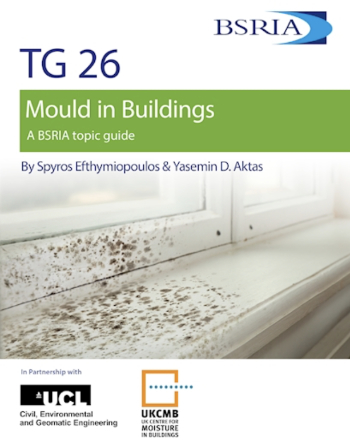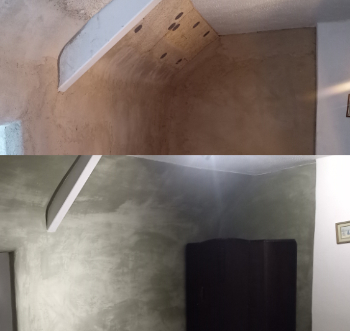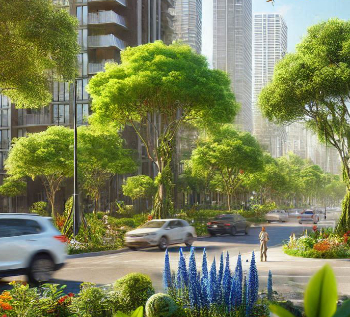Wheel washing system
Wheel washing systems can be installed on construction sites to enable the wheels of plant, trucks and other vehicles to be cleaned before leaving the site. This is used to control and eliminate mud, slurry and other pollutants being deposited on public roads.
A requirement for wheel washing may be identified as part of an environmental risk assessment carried out prior to work beginning on site. It can also be particularly important on sites that contain land that is contaminated, and may be a requirement of planning permissions.
The system is typically located near to the site exit and instructions given to site operatives, delivery drivers and visitors that they are to use it before leaving.
There are two main types of wheel washing system:
- Roller: Each set of wheels is placed on the rollers and rotated as water sprays out from strategically-placed nozzles.
- Drive-through: The vehicle drives through and a sensor triggers the washing process.
The sludge which is washed off may be directed into a recycling tank, with the sedimentation of the solids accelerated by the use of flocculants. The solids which settle at the bottom of the tank are removed by an automatic scraper or excavating plant. The aim is for clean water to be used for every wash.
There are also 'environmentally-friendly' systems available which are stand-alone units involving water filtration and recirculation.
[edit] Related articles on Designing Buildings Wiki
Featured articles and news
A must-attend event for the architecture industry.
Caroline Gumble to step down as CIOB CEO in 2025
After transformative tenure take on a leadership role within the engineering sector.
RIDDOR and the provisional statistics for 2023 / 2024
Work related deaths; over 50 percent from constructuon and 50 percent recorded as fall from height.
Solar PV company fined for health and safety failure
Work at height not properly planned and failure to take suitable steps to prevent a fall.
The term value when assessing the viability of developments
Consultation on the compulsory purchase process, compensation reforms and potential removal of hope value.
Trees are part of the history of how places have developed.
The increasing costs of repair and remediation
Highlighted by regulator of social housing, as acceleration plan continues.
Free topic guide on mould in buildings
The new TG 26/2024 published by BSRIA.
Greater control for LAs over private rental selective licensing
A brief explanation of changes with the NRLA response.
Practice costs for architectural technologists
Salary standards and working out what you’re worth.
The Health and Safety Executive at 50
And over 200 years of Operational Safety and Health.
Thermal imaging surveys a brief intro
Thermal Imaging of Buildings; a pocket guide BG 72/2017.
Internally insulating a historical building
An experimental DIY approach using mineral thermal lime plaster.
Tree species selection for green infrastructure: A guide for specifiers.
The future of the Grenfell Tower site
Principles, promises, recommendations and a decision expected in February 2025.








